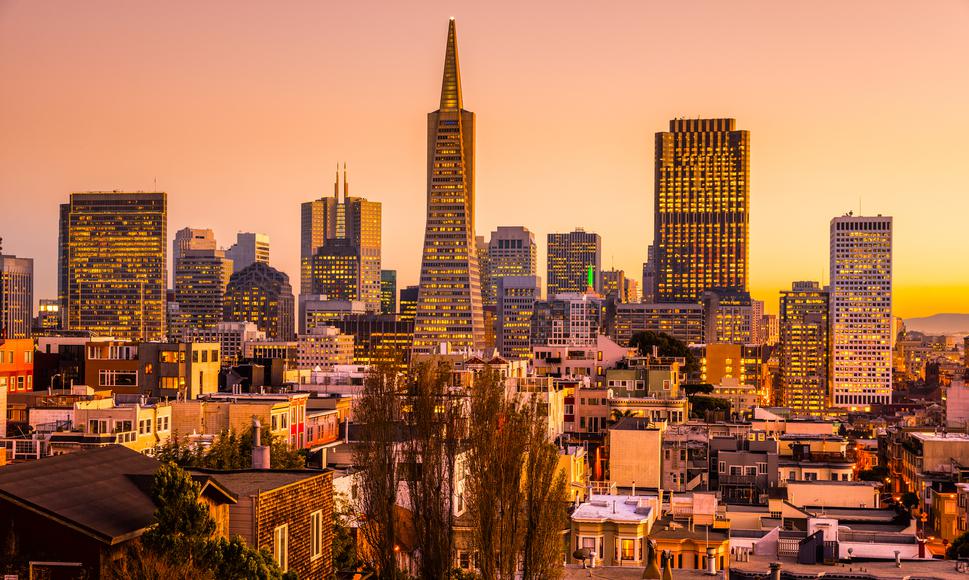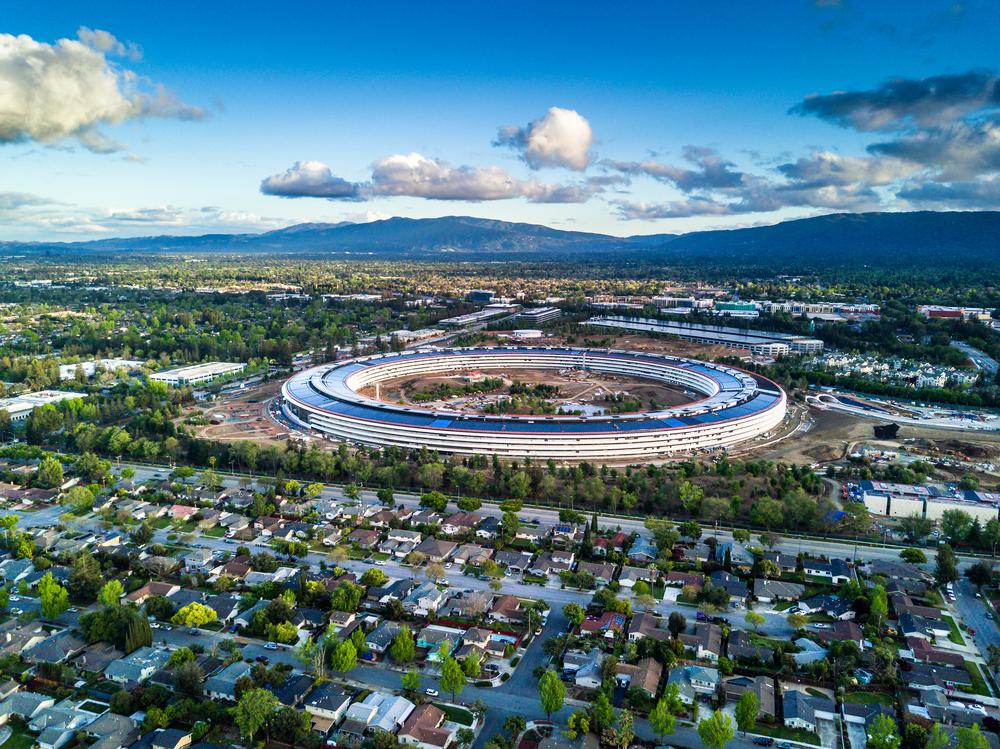5 Things to Do in Little Tokyo, California
Never been before? We’ll be your trustee Little Tokyo guide with a day’s worth of fun things to do in Little Tokyo.

While many contributing factors fuel the economy, California’s biggest industries are a tighter list—here’s a roundup for you.
Did you know that if California was a country, it would have the fifth-largest economy in the world? With a GDP of approximately $3.89 trillion, the Golden State configures between Germany and the United Kingdom. Thanks to Hollywood, Silicon Valley, manufacturing, and agricultural industries, California is one of the major economic engines of the United States.
There are over four million small local businesses here that employ nearly 50 percent of the state’s workforce. While many contributing factors fuel the economy, California’s biggest industries are a tighter list. Here’s a roundup for you.

According to 2022 statistics, California’s farms and ranches received $55.9 billions for their output. Yes, billion with a “b”. As of 2021, California's agricultural exports totaled $22.5 billions. Excluded from this total is the impact the industry has on other sectors, including shipping and warehousing—altogether, the trio makes up California’s biggest industries.
In case you didn’t know this about the Golden State’s Central Valley, the region yields more crops and farm-based goods than any other U.S. state. This agricultural hub is where the magic happens—asparagus, grapes, lettuce, orange, rice, shelled almonds, tomatoes, and milk being the main produce.

Does your business rank among the best in California?
nominate a businessLearn more about our selection criteria and vetting process.
If you’ve ever wondered why the movie industry was established in sunny California, we’re here to answer your question. There’s more than one reason behind it. Sure—over 300 days of sunshine make for stunning filming locations. However, here are a few more things at play behind one of the largest industries in California.
Movies were becoming more and more popular in the 1900s, and an increase in production was necessary in order to meet the demand. This mostly had to do with the weather, but California also had non-union labor at the time. This made film production significantly cheaper than on the East Coast. Pair this with the fact that practically any SoCal location could stand in for a movie set, and you’ve got yourself an up-and-coming industry.
Nowadays, far beyond the glitz and glamour, California’s film and television industry is a vital part of the state’s economy. La La Land creates content that beams all over the world, in turn employing hundreds of thousands of people. The industry also impacts many other sectors, most notably film tourism. If you’re a movie buff thinking of visiting your favorite filming locations, no place is better than the Golden State.
It should not be surprising that travel and tourism are California’s most vital engines for economic growth. Defined by big, ambitious ideas, California has been a powerful leader in this industry. The state draws visitors not just from other states, but also from around the world.
Travelers spend hundreds of millions of dollars while vacationing here, bringing in $114.9 billions into the state’s economy according to 2019 statistics. This sort of spending brought $12.2 billions in local and state tax revenue. As a result, the industry provided jobs to 1.2 million California residents.
There’s so many places worth visiting - it’s nearly impossible to list them all. According to a TV commercial titled Living the Dream, the most popular hotspots include Hollywood, Beverly Hills, Disneyland, Napa Valley, Pebble Beach, Lake Tahoe, San Francisco, Yosemite, Venice Beach, and more. The next time you’re traveling, make sure to add these destinations to your itinerary.

Silicon Valley is home to thousands of tech companies, and hands down one of the best regions to live in if you want to work in tech. It wasn’t always that way.
In the 1940s, when computers were still the size of rooms, a man named William Shockley co-invented the transistor at Bell Labs. This later became known as the computer processor. In 1956, Shockley left Bell and founded his own company which made transistors out of silicon and not germanium. That was quite innovative for the time. A curious journalist named Don Hoefler wrote a three-part report about the semiconductor industry in 1971, titled Silicon Valley USA. Obviously, the name caught on.

With growing popularity, tech became more and more synonymous with the Silicon Valley industry. Especially since companies like Atari, Apple, Oracle, eBay, Yahoo, Paypal, and Google were founded in the area. Better yet, most—if not all of these companies—are leaders in their respective industries. Software, social media, robotics, fiber optics, and medical instruments companies create jobs and generate tax revenue.

When it comes to the service sector, the Golden State is nothing short of impressive. Consisting of professional, business, education, and health services, as well as financial activities and leisure, this industry makes California a great place to live and work. It hosts the largest banks in the U.S.—expect to find Wells Fargo, Charles Schwab Corporation, Silicon Valley Bank, and CIT Bank here. Colleges, universities, and other educational institutions also fall under this sector.
The University of California contributes a GDP of about $32.8 billion dollars annually to the economy. Throughout the years, 70 faculty and stuff members of the univercity have been awarded with the highest honor of all - with 71 Nobel Prizes.
Ask any California resident to identify the largest single component in their thriving economy, and chances are they will reply with high-tech, motion pictures, or agriculture. They will rarely mention the healthcare industry. However, over the last half of the century, the Golden State’s medical care industry has become by far one of the state’s largest growing economic activities. As one of the biggest growing industries in Los Angeles and the state, healthcare surpasses all other employment rates.

Construction is among the fastest-growing industries in the Golden State, employing five percent of the state’s private workforce. In the summer of 2019, seasonally adjusted construction employment topped 900,000 for the first time in 12 years. Despite the slower growth rate in construction employment, California contractors still outshine their counterparts. That's all thanks to the neverending projects.
One such construction project is the award ceremony for the 2028 Olympics, which will be hosted in the City of Angels. This is already starting to spring forth numerous building ideas, including new sports venues and hotels.



Never been before? We’ll be your trustee Little Tokyo guide with a day’s worth of fun things to do in Little Tokyo.

People go on Memorial Day weekend getaways as an indirect celebration of life. How do you plan on celebrating the long weekend?

From undulating mountains, to coastal expanses, to verdant forests, here are some of the top spots for backpacking in California.

Settled off the California coast, the Channel Islands offer endless adventures. Here are the best things to do and how to get there.

